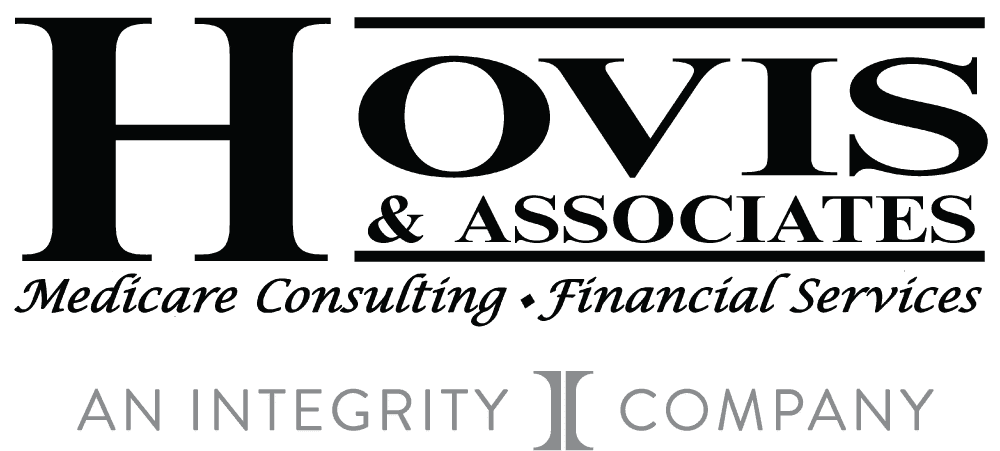As we near retirement, many people pour over their financial plans to make sure they have enough money to support them. But there is another important factor to consider – Healthcare. For a couple retiring in 2019, they will need an average of $285,000 for medical expenses in retirement. Before you leave your employer, make sure you are aware of all your health insurance options. They vary widely among employers. And this could be a big surprise if you are not prepared.
Generally speaking, employers offer COBRA continuation coverage to any employee that separates from service. COBRA allows employees to remain on the same group health insurance plan as they were while working. Employees will pay up to 102% of the cost of the insurance. However, there are time limits. For someone retiring, they can opt into a COBRA plan within a 60-day window and have COBRA continuation coverage for at least 18 months. After that, depending upon their age, they will either sign up for Medicare or be forced to find an individual health plan.
Individual health plans can be very costly. You no longer have the benefit of being included with coworkers on a company group insurance plan. Individual health plans can cost upwards of $1,000 per month and may have high deductibles. These costs are often higher than employees have previously paid while working, so it’s important to factor this into your financial planning when deciding when to retire.
Once you turn 65, you are now eligible to sign up for Medicare. There are 2 parts to sign up for under original Medicare – Part A and Part B. This is done through the Social Security office. Part A under Medicare covers inpatient care in a hospital, skilled nursing facility care (not custodial or long-term care), hospice care, and home health care. Part B covers things like doctor visits, ambulance service, and preventative services. Neither Part A nor Part B includes prescription drug coverage.
Part A does not have a monthly premium if you or your spouse are eligible for Social Security benefits. The standard premium for Part B is $144.60 per month in 2020. However, this cost could increase depending upon your yearly income filed on your tax return 2 years prior. If you have income greater than $87,00 as an individual or $174,000 as a joint tax filer, you’ll pay the standard premium plus an Income Related Monthly Adjustment Amount (IRMAA).
Original Medicare (Part A & B) has gaps in coverage, that is why most individuals enroll in either a Medicare Supplement with a standalone Medicare Prescription Drug Plan or a Medicare Advantage Plan.
Medicare Supplement Plans are offered by private companies and help pay some of the out-of-pocket costs that come with Original Medicare. Medicare Supplements do NOT have prescription coverage included with the plan; enrollees will have to purchase that separately. The average cost of a Medicare Supplement and standalone Medicare Part D Plan can cost $140-$200 a month for a 65-year-old.
Medicare Advantage plans are offered by private companies, combine Part A and Part B in one Plan, and are referred to as Part C. They usually include prescription drug coverage and may offer additional benefits not provided by original Medicare. Some of these plans are zero premium. Medicare Advantage plans have cost sharing (copays, deductible, etc.) when a member uses the benefits, but they do have an annual out-of-pocket maximum to help protect against high costs. These plans have a network of doctors and hospitals that must be used.
Just as your finances are a critical component in planning for retirement, your health care is just as important. Choosing a Medicare plan can be overwhelming. There are pros and cons to each type. If you have questions on Medicare or Financial Planning, Hovis & Associates is here to make the complicated simple. Call us at 800-411-0737 to schedule a meeting.
#WeAreHovis
#PlanwithHovis

